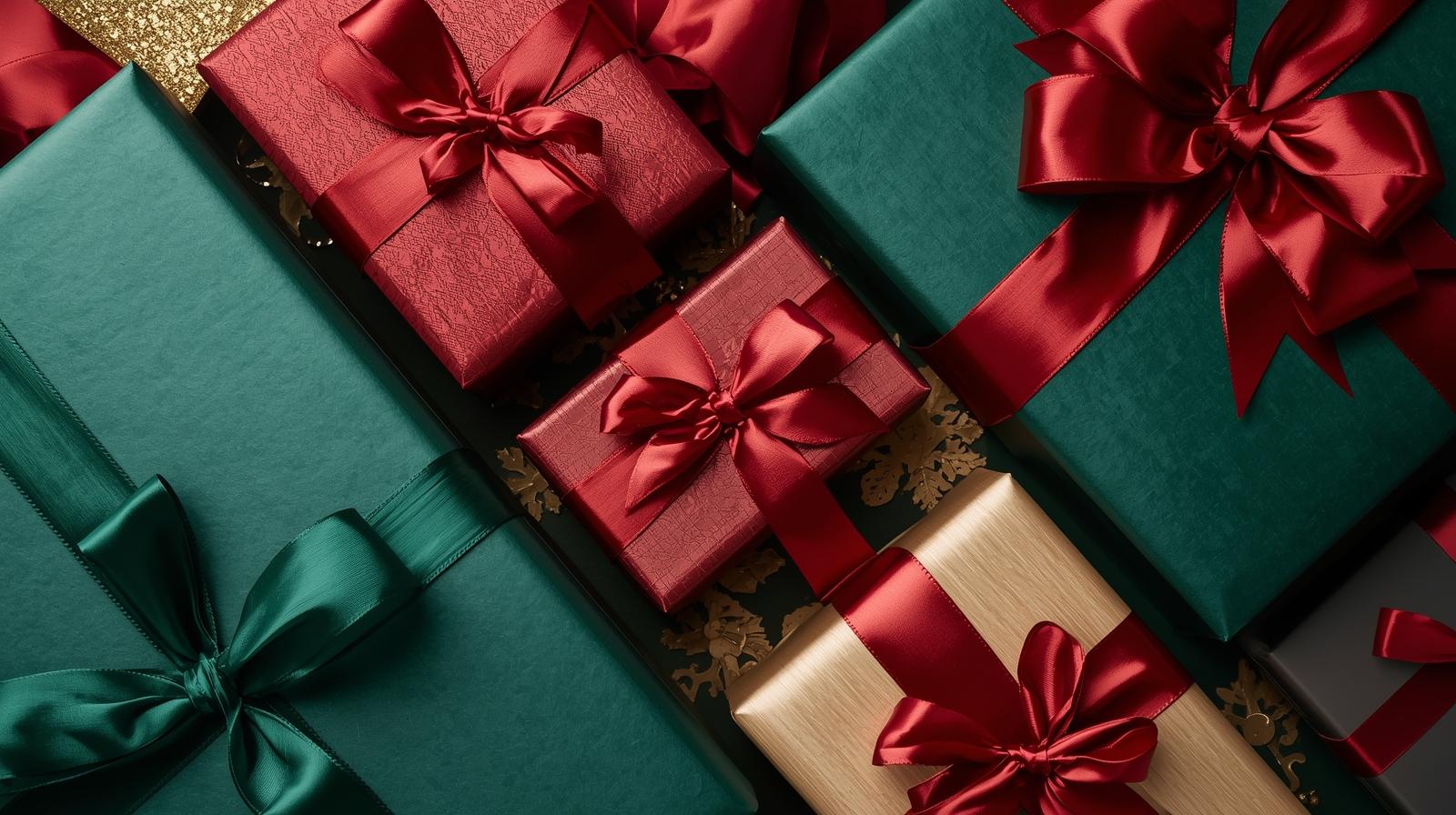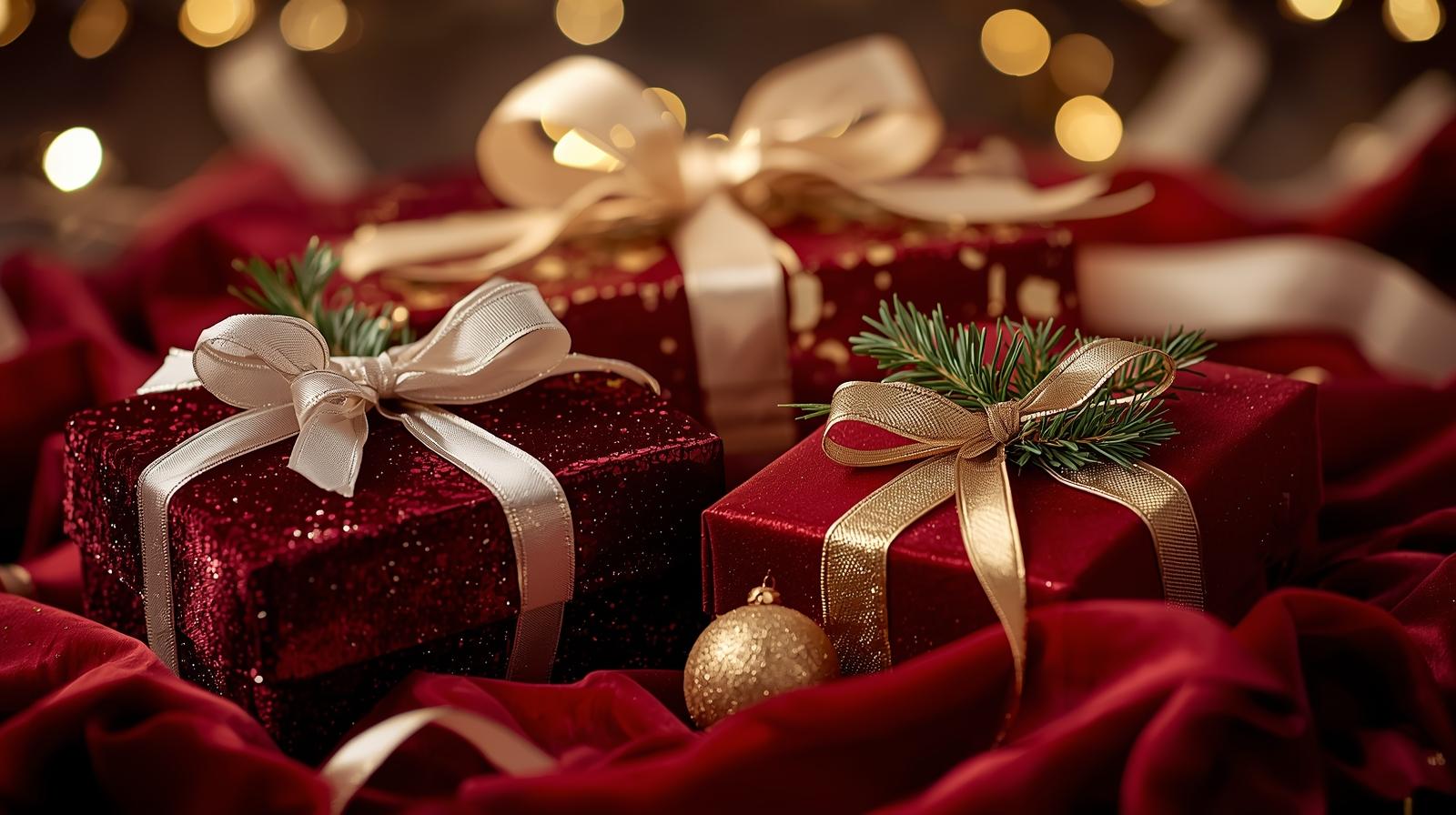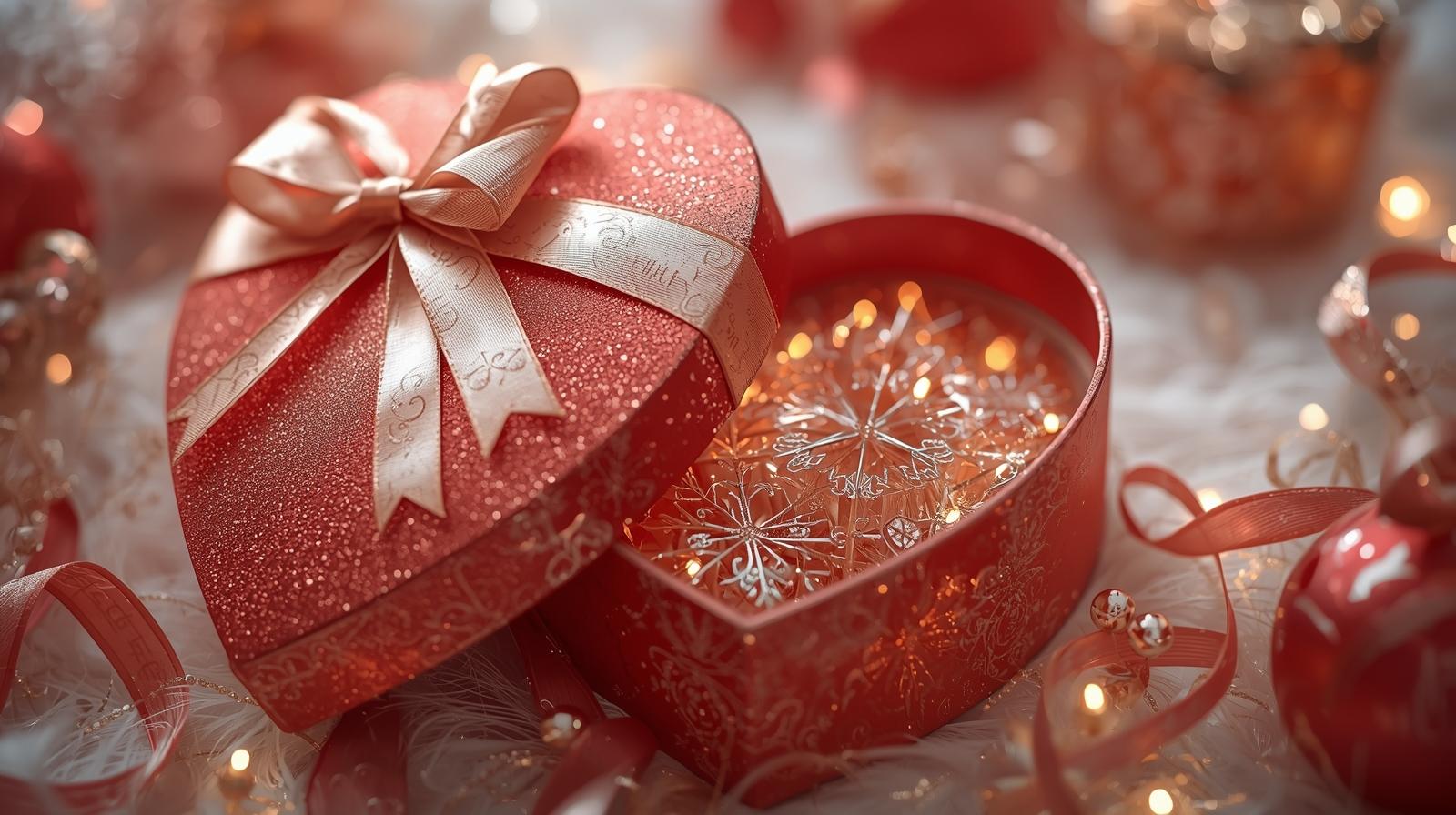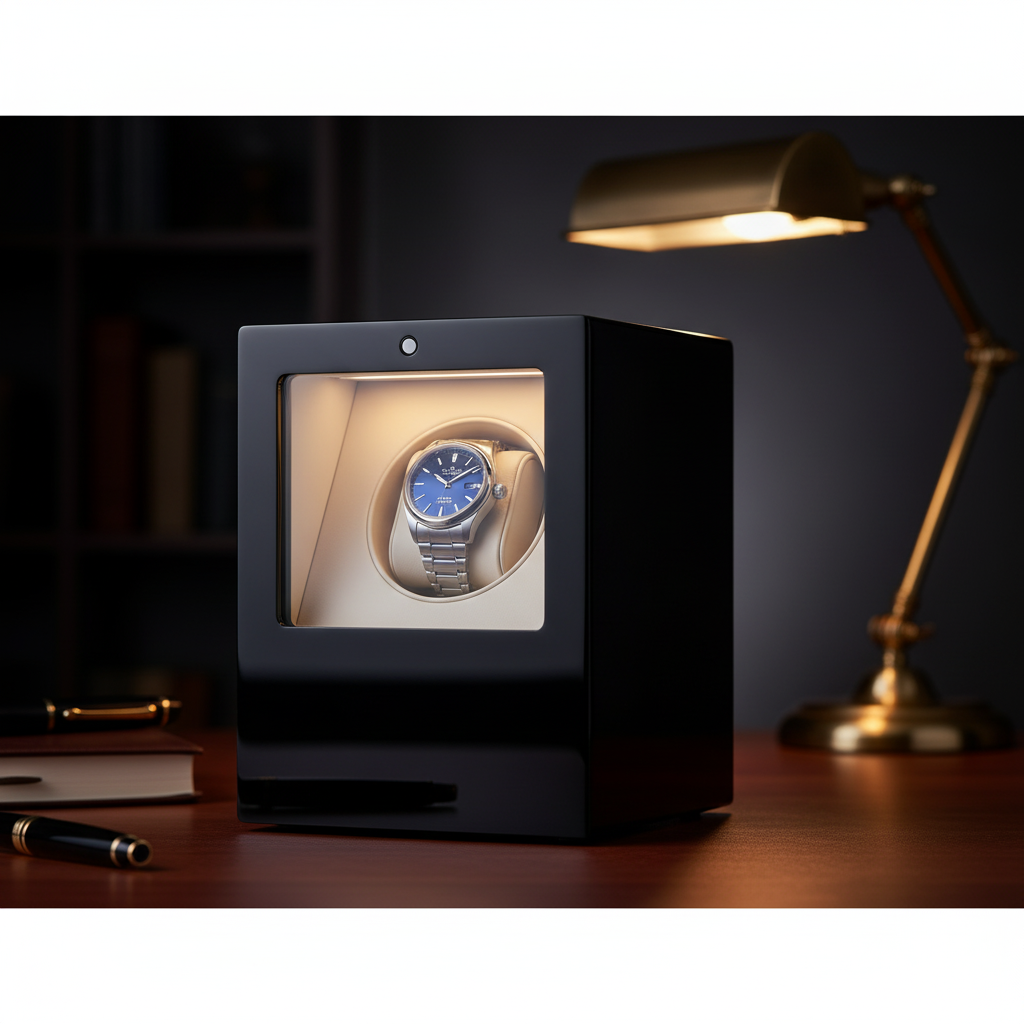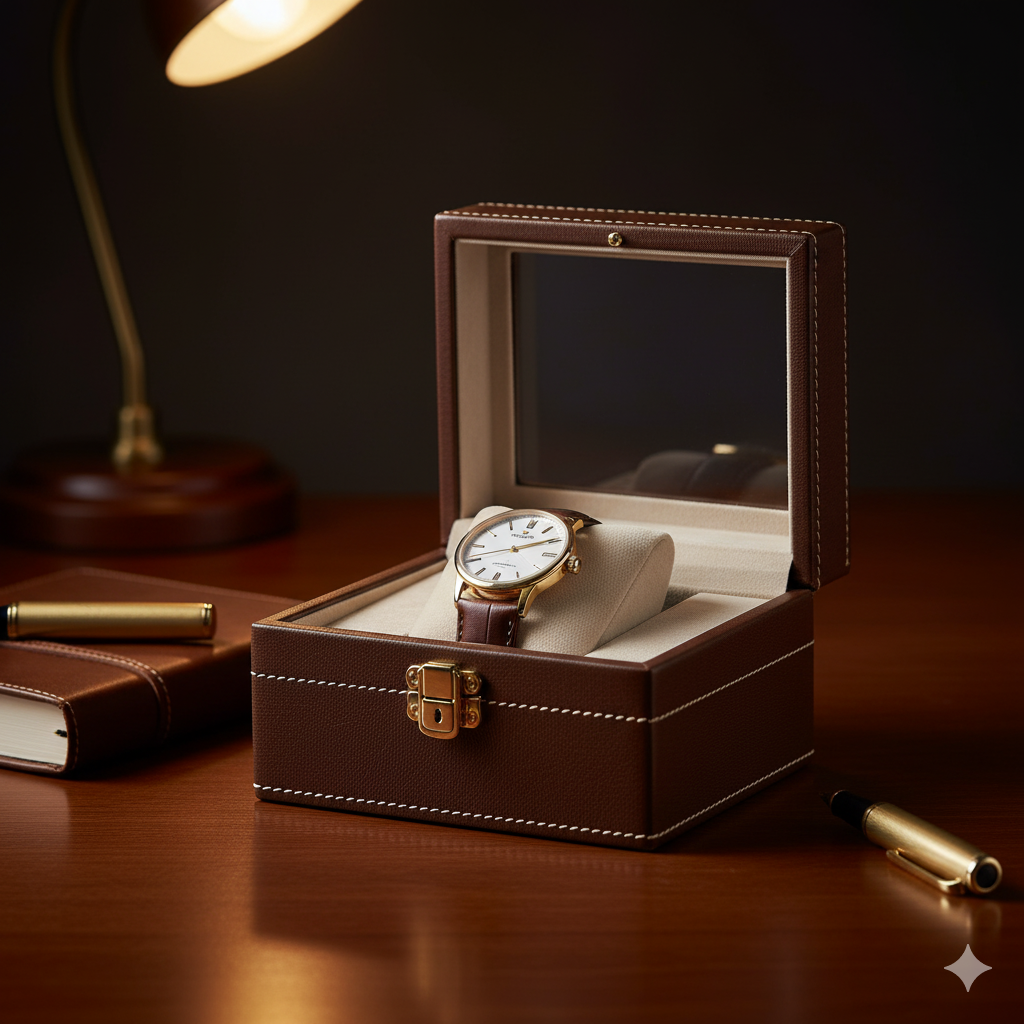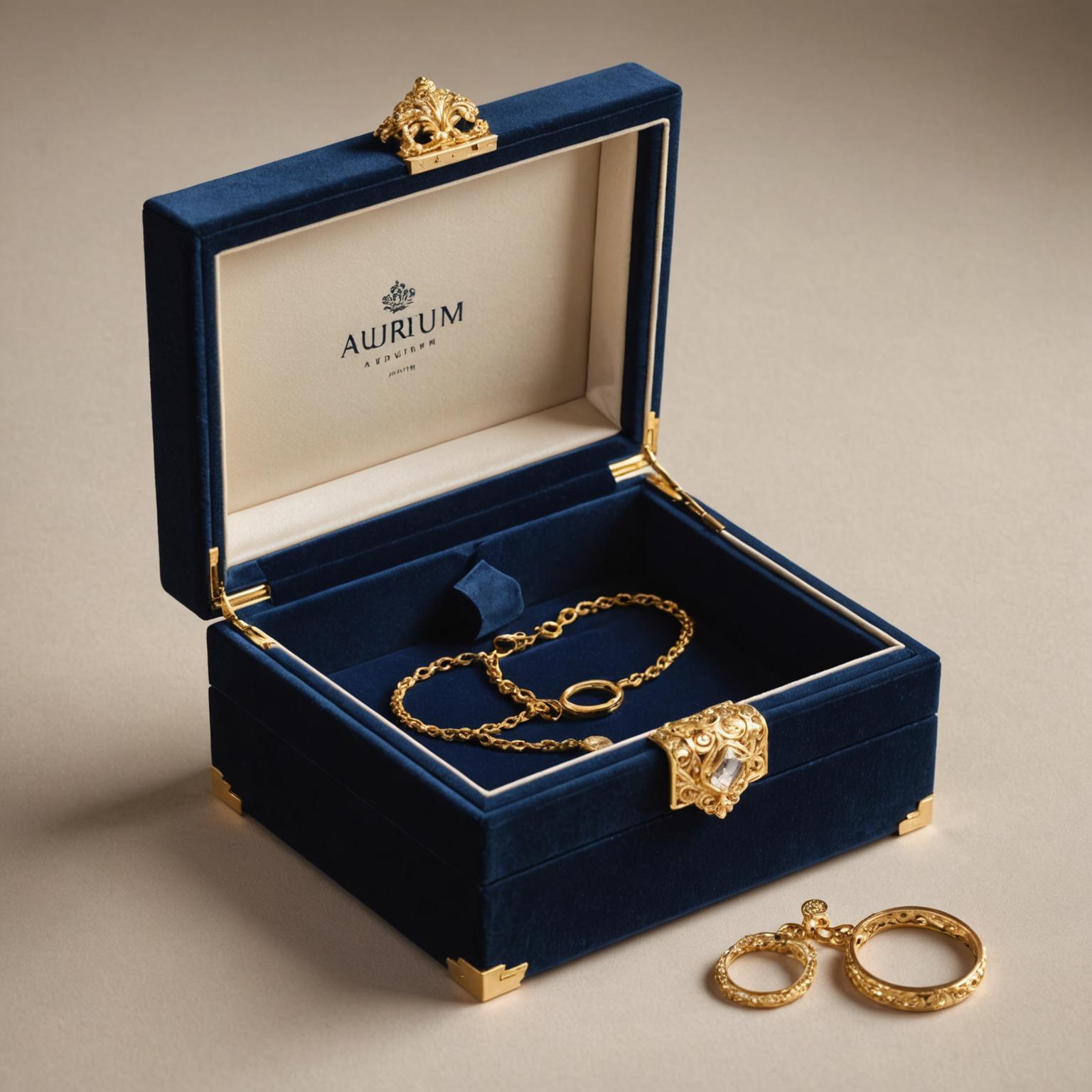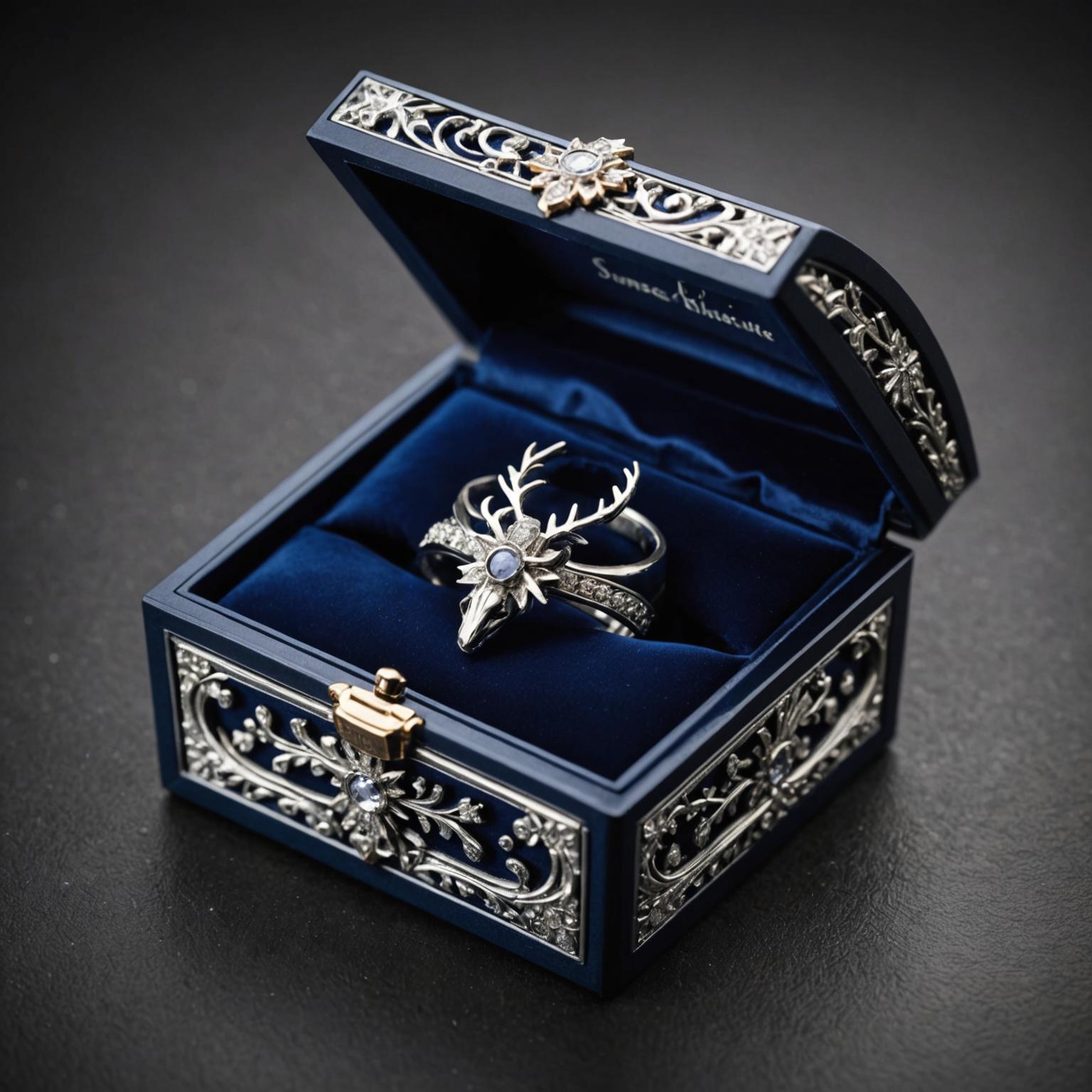
Precision and Presentation: How a Ring Box Manufacturer Shapes Modern Jewelry Branding
Main Keyword: ring box manufacturer
Supporting Keywords (mid/long-tail, KD <30%): custom jewelry packaging, luxury ring box design, velvet ring box supplier, sustainable packaging materials, magnetic gift box closure, wedding jewelry packaging solutions
Rethinking the Smallest Detail: Why Ring Boxes Have Become Strategic Assets
In today’s competitive jewelry industry, packaging is no longer a passive container—it’s a vital part of brand storytelling and consumer experience. Yet, many jewelers still struggle with issues such as fragile box structures, inconsistent color tones, poor hinge durability, or excessive logistics costs.
These problems often lead to damaged presentation, customer complaints, or higher returns during shipping. The challenge isn’t only aesthetic; it’s structural, mechanical, and material-based.
This article explores how a professional ring box manufacturer like BRTPak integrates engineering, materials science, and visual design to redefine the balance between protection, elegance, and cost efficiency.
Inside the Design Logic: Engineering Behind a Perfect Ring Box
Traditional jewelry boxes prioritize visual appeal—glossy finishes, gold stamping, velvet inserts—but often ignore the mechanical balance between structure and presentation. Overly rigid cardboard cores may crack during folding; lightweight materials deform easily; magnetic closures misalign under long-term use.
Modern packaging engineering introduces a new mindset:
-
Material layering combines rigid paperboard with EVA or PU lining to ensure dimensional stability.
-
Structural optimization leverages 3D modeling to calculate compression strength and hinge stress.
-
Surface–structure integration aligns decorative coatings with fold lines, avoiding color cracks or lamination failure.
-
Sustainability principles replace composite plastics with FSC-certified paper and recyclable liners.
By understanding this cross-disciplinary mechanism, manufacturers can create ring boxes that protect, express, and sustain simultaneously.
Craft Evolution: Comparing Conventional and Engineered Packaging Models
| Aspect | Conventional Boxes | Engineered BRTPak Solution |
|---|---|---|
| Material Composition | Mixed plastic cores, single-use velvet wraps | FSC paperboard + fabric composite, recyclable |
| Production Precision | Manual folding, variance ±2 mm | CNC die-cutting, variance <0.3 mm |
| Surface Durability | Susceptible to edge cracking | UV coating or lamination tested for fold endurance |
| Closure Mechanism | Metal snap prone to rust | Magnetic or hidden hinge for lasting alignment |
| Sustainability | Non-recyclable, high waste ratio | >85% recyclable content, RoHS compliant |
Unlike conventional craftsmanship, BRTPak applies data-driven tooling and controlled assembly lines to ensure repeatable quality and minimal waste—achieving both luxury aesthetics and industrial precision.
Value Beyond Appearance: Measurable Advantages of Modern Ring Box Production
1. Dimensional Accuracy and Consistency
Using 3D structural simulations, each ring slot, hinge, and lid curvature is validated before mass production. Tolerance deviations remain within ±0.3 mm, ensuring perfect fit and visual symmetry.
2. Cost Efficiency through Smart Material Use
Lightweight reinforced cores reduce overall material weight by up to 20% while maintaining equivalent compression strength—directly lowering air and sea freight costs for global shipping.
3. Aesthetic Versatility through Modular Design
Interchangeable sleeves, inserts, and lid panels support multiple branding collections without new molds, cutting lead time by 25%.
4. Sustainability and Compliance
Every production batch meets FSC and WCA certification standards. Recycled velvet and soy-based inks align luxury with ecological responsibility.
5. Brand Identity Integration
Color fidelity, embossing precision, and custom foil patterns enable jewelers to reproduce exact brand visuals across regional suppliers. BRTPak provides a unified color-matching database to ensure global consistency.
From Concept to Counter: Real-World Applications and Case Experience
Case 1 — Bridal Jewelry Collection Launch
A European brand needed premium yet cost-efficient boxes for a wedding line. The solution adopted a foldable rigid structure with magnetic closure.
→ Result: Shipping volume reduced by 28%; unit cost decreased 12%; unboxing feedback highly positive on social media.
Case 2 — Sustainable Retail Upgrade
An Australian boutique switched from PU plastic to textured kraft paper with cotton lining.
→ Result: Achieved full recyclability and earned “Eco Luxe” certification, reinforcing its sustainable image.
Case 3 — Online Jewelry Retailer Rebranding
To improve photography aesthetics, the e-commerce team chose anti-reflective matte lamination with neutral tones.
→ Result: 35% improvement in visual consistency across product listings and advertising images.
Selecting the Right Ring Box Manufacturer for Your Brand Vision
Choosing the correct ring box manufacturer is not only a matter of style—it’s an operational decision affecting cost, logistics, and consumer trust. Consider the following:
Ideal when your brand requires:
-
Batch stability across international suppliers
-
Custom logo embossing with exact Pantone control
-
Verified sustainability certifications (FSC, WCA)
-
Structural support for heavy stones or oversized rings
Caution if:
-
Quantities are extremely low and prototypes change weekly
-
You require experimental materials not yet certified for export logistics
The most effective approach is an early-stage co-design process—where structural engineers, designers, and material experts collaborate before final tooling.
Technical Queries and Industry FAQs
Q1: How does magnetic closure maintain alignment over time?
Through polarity calibration and embedded hinge reinforcement, misalignment risk is reduced by over 90%, even after 5,000 open–close cycles.
Q2: Can eco-friendly materials achieve the same luxury texture?
Yes. Recycled velvet and kraft composite surfaces now replicate traditional PU softness while being 100% recyclable.
Q3: What is the minimum order for customized branding?
Typically 1,000 units per SKU, but small-batch prototypes are available for new collections.
Q4: How long is sampling and mass production?
3D visualization within 72 hours, physical prototype in 7 days, and full production within 25 days after approval.
Q5: Does BRTPak offer structural testing?
Yes, including compression, drop, and humidity resistance testing to simulate global transport conditions.
Closing Thoughts: Engineering Emotion into Every Box
A ring box is not just a vessel—it’s the first physical contact between a customer and a promise.
When crafted with precision, sustainability, and brand coherence, it becomes a silent ambassador of quality.
By combining design aesthetics, mechanical integrity, and material intelligence, BRTPak helps jewelry brands turn packaging into a measurable business advantage.
